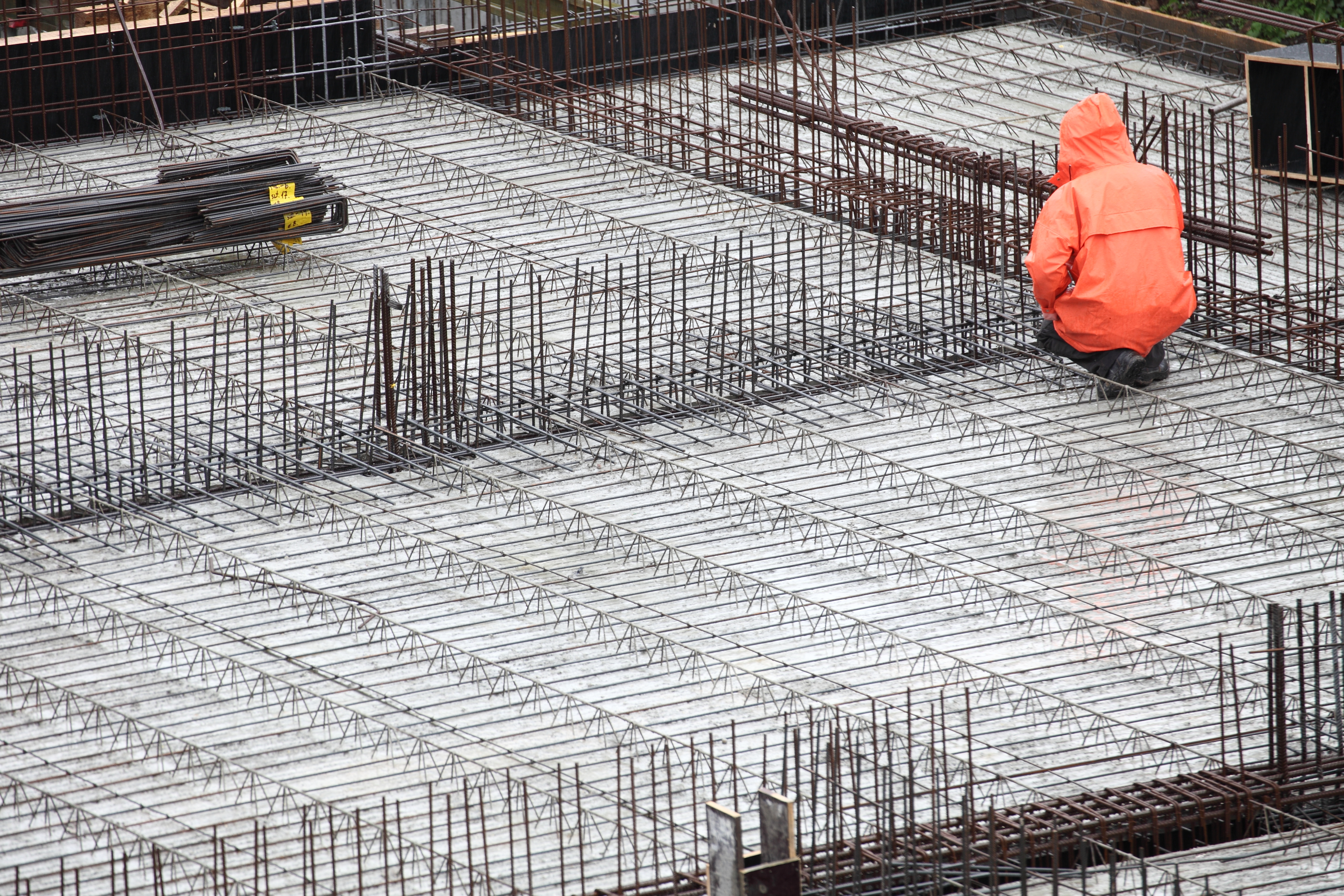The American Concrete Institute (ACI, www.concrete.org) web session entitled the Effect of Frozen Rebar on Surrounding Concrete During Cold Weather Placement addresses monitoring for cold weather concrete and cold rebar during low and high intensity, low temperature events, as part of the ACI 306 Cold Weather Session in March 2014 in Reno, Nevada. The mission of ACI Technical Committee 300 Design and Construction, 306 – Cold Weather Concreting is to “develop and report information on cold weather concreting.”
Speaker Ronald L. Kozikowski of North Starr Concrete Consulting warns that placing concrete in contact with massive metallic embedments can cause the concrete to freeze. Further, if the metallic embedments are large, the bulk of the concrete can set before the frozen concrete thaws. Kozikowski cites recommendations by Suprenant and Basham (1985) stating that metallic embedments with a cross-sectional area greater than 1 in² (one square inch), for example #9 rebar or rod number 9, can cause problems with cold weather concreting:
“Steel embedments having a cross-sectional area greater than 1 in² should have a temperature of at least 10ºF immediately before being surrounded by fresh concrete at a temperature of at least 55ºF.” Suprenant and Basham (1985)
As part of a research project on cold weather concrete and cold rebar during low and high intensity, low temperature events, Kozikowski and his team at North Starr Concrete Consulting conducted a scientific study to address the following two questions:
- Do actual measurements in the field match FEM (finite element method) models?
- Is heating steel to 32ºF necessary?
Variables in the research project on cold weather concrete and cold rebar included various rebar sizes from #3 rebar to #18 rebar and a steel volume ranging from 1% to 5%, with a concrete temperature of 55ºF and a steel temperature at -5ºF. Kozikowski and his team instrumented the rebar with thermistors, placed both at the center and the surface of the rebar. Thermistors or THERMaIly sensitive reslSTORS are elements with an electrical resistance that changes in response to temperature — a very accurate sensor for measuring temperature.
(Source: American Concrete Institute (ACI, www.concrete.org) Effect of Frozen Rebar on Surrounding Concrete During Cold Weather Placement, Ronald L. Kozikowski, North Starr Concrete Consulting)
More in the next blog about the Effect of Frozen Rebar on Surrounding Concrete During Cold Weather Placement, cold weather concreting, and weather planning, Weather Controls™ and weather risk management in the construction industry and built environment…
